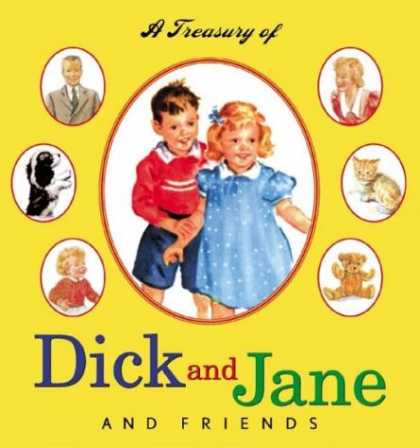We've launched a new learning & development program at Google about "unconscious biases" where I learned that a 1% bias against women can lead to major organization stratification (i.e., why CEOs are men).
It's great that Google is training us. I find it fascinating and have a moderate bias myself.
At the end of the day, Google is an advertising company (whaaa?!) We make $42.5 BILLION dollars a year from those annoying ads you see on your Google results page, inside your gmail or before you watch a YouTube video.
As Google moves more towards "branding ads" (i.e., display images or short videos), its outputs will look more like traditional TV commercials and print ads. In fact, we are already exhibiting biases in our media research.
If you go to Google's Think Insights and search "mom," 63 results will show up, including reports on cleaning, laundry and baby products. If you search "dad," only 4 results come up and are about Father's day trends, creativity, new dads and management.
Why aren't both moms AND dads surveyed about cleaning, laundry and baby products?
It's one (very important) thing to practice gender equality from a human resources perspective. It's another thing to practice it in real life and with your paying customers. Until advertising companies start realizing that women and men have the same propensity to split household duties, earn income and buy goods without an underlying sexist stereotype, we aren't really there. Right now, it seems we know the "politically correct answer," but don't necessarily follow through with our actions .
Luckily, the Geena Davis Institute on Gender in Media is trying to change this with campaigns like this:
A baker can be a female.
An astronaut can be a female.
A mathematician can be a female.
Thus far, over 6M children have been reached via Channel One and are now more aware that both girls and boys can be whatever they want when they grow up.
In addition to addressing biases in children's media, the institute is also dispelling a lot of general myths we believe about media, such as:
MYTH: Things are looking great for females behind the camera.
FACT: Females behind the camera fall far behind their male contemporaries and are at a distinct disadvantage in the entertainment industry.
Only 7% of directors, 13% of writers, and 20% of producers are female. With such a dearth of female representation in front of and behind the camera, it's a struggle to champion female stories and voices.
MYTH: Boys and girls are equally represented in film and television.
FACT: Even among the top-grossing G-rated family films, girl characters are out numbered by boys three-to-one.
That's the same ratio that has existed since the end of World War II. For decades, male characters have dominated nearly three-quarters of speaking parts in children's entertainment, and 83% of film and TV narrators are male.
MYTH: Girls on screen compare favorably to their male counterparts.
FACT: Messages that devalue and diminish female characters are still rampant in family films.
Gender stereotyping is an inherent problem in today's entertainment landscape, and children are the most vulnerable recipients of depictions that send the message that girls are less valuable and capable than boys. From 2006 to 2009 not one female character was depicted in G-rated family films in the field of medical science, as a business leader, in the law, or in politics. 80.5% of all working characters are male and 19.5% are female, which is a contrast to real-world statistics of women comprising 50% of the workforce.
MYTH: Gender imbalance issues have gotten better over time.
FACT: Statistically, there has been little forward movement for girls in media in six decades. For nearly 60 years, gender inequality on screen has remained largely unchanged and unchecked.
In conclusion, we are all very biased people.
We should be. It's natural.
If you think you're "very objective," it means you are both: A) biased, B) unaware that you are.
Knowing this, it's even more important that we train our mind to recognize these unconscious biases and correct accordingly -- whether that means surveying dads about childcare or teaching kids that there are mathematicians.
"It's really important for boys to see that girls take up half of the planet - which we do." - Geena Davis


No comments:
Post a Comment